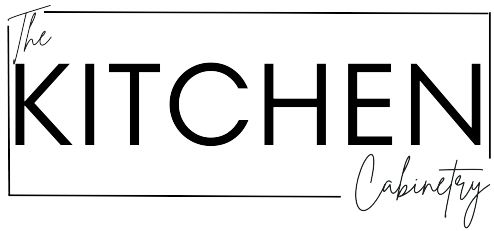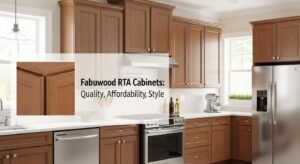As we continue to embrace innovation in home design, the materials used in cabinetry are evolving at a rapid pace. Understanding the latest trends and advancements in cabinetry materials can significantly enhance both the aesthetic and functional aspects of our living spaces. From sustainable options to cutting-edge technology, this exploration invites you to consider what the future holds for cabinetry.
Table of Contents
ToggleMain Points
- Sustainable materials are becoming increasingly popular for eco-conscious consumers.
- Technological advancements are introducing smart storage solutions.
- Customization options are expanding, allowing for greater personal expression.
- Durability and maintenance are key factors in selecting modern cabinetry.
Sustainable Materials: The Rise of Eco-Friendly Cabinetry Solutions
In today’s world, the demand for cabinetry materials has evolved significantly. Homeowners increasingly seek sustainable options that not only enhance aesthetics but also reduce environmental impact. This growing awareness has led to innovative developments in eco-friendly cabinetry. Below are compelling reasons to consider sustainable materials:
- Durability: Sustainable cabinetry materials often outperform traditional options in longevity.
- Health Benefits: Many eco-friendly materials are free from harmful chemicals, promoting better indoor air quality.
- Resource Efficiency: Using reclaimed or responsibly sourced timber helps conserve natural resources.
Embracing eco-friendly cabinetry isn’t just a trend; it’s a commitment to a healthier home and planet.
Smart Cabinetry: Integrating Technology for Enhanced Functionality
In today’s fast-paced world, cabinetry materials are evolving, blending innovation with practicality. Smart cabinetry introduces integrated technology that simplifies daily tasks, transforming traditional storage into intelligent solutions. Imagine opening a cabinet to find not just items, but automated organization. This fusion of style and functionality creates a seamless experience.
Aesthetic Innovations: Trends in Finishes and Designs Shaping Modern Cabinets
In today’s world, the beauty of cabinetry materials goes beyond functionality. Innovative finishes, such as matte textures and bold colors, captivate the eye while enhancing interiors. Designers blend traditional craftsmanship with cutting-edge techniques, creating cabinets that reflect individual styles. This harmony of form and function sets modern cabinets apart.
Conclusion
In conclusion, choosing the right cabinetry materials can significantly impact both the functionality and aesthetics of your space. Whether you opt for classic wood finishes or modern laminates, each material offers its own unique charm and practicality. While the decision may seem daunting, understanding the qualities of each option can lead you to a choice that enhances your home. Ultimately, it’s about finding what resonates with your style and meets your needs. Investing in the right cabinetry materials not only elevates your interior but also contributes to a more enjoyable living experience. So, as you ponder your options, remember that the right materials can transform your vision into reality.
Frequently Asked Questions
What types of materials are commonly used in cabinetry?
Common materials used in cabinetry include wood, plywood, MDF (medium-density fiberboard), particle board, and laminate. Each material has its own benefits depending on budget, aesthetics, and durability needs.
How do I choose the right cabinetry material for my kitchen?
To choose the right cabinetry material, consider factors such as your budget, the overall design style you want to achieve, the durability and maintenance of the material, and how it will hold up in a kitchen environment with moisture and heat.
Are there eco-friendly options for cabinetry materials?
Yes, there are eco-friendly cabinetry materials available, such as bamboo, reclaimed wood, and products certified by organizations like the Forest Stewardship Council (FSC). Additionally, low-VOC (volatile organic compounds) finishes and adhesives are also more environmentally friendly.






